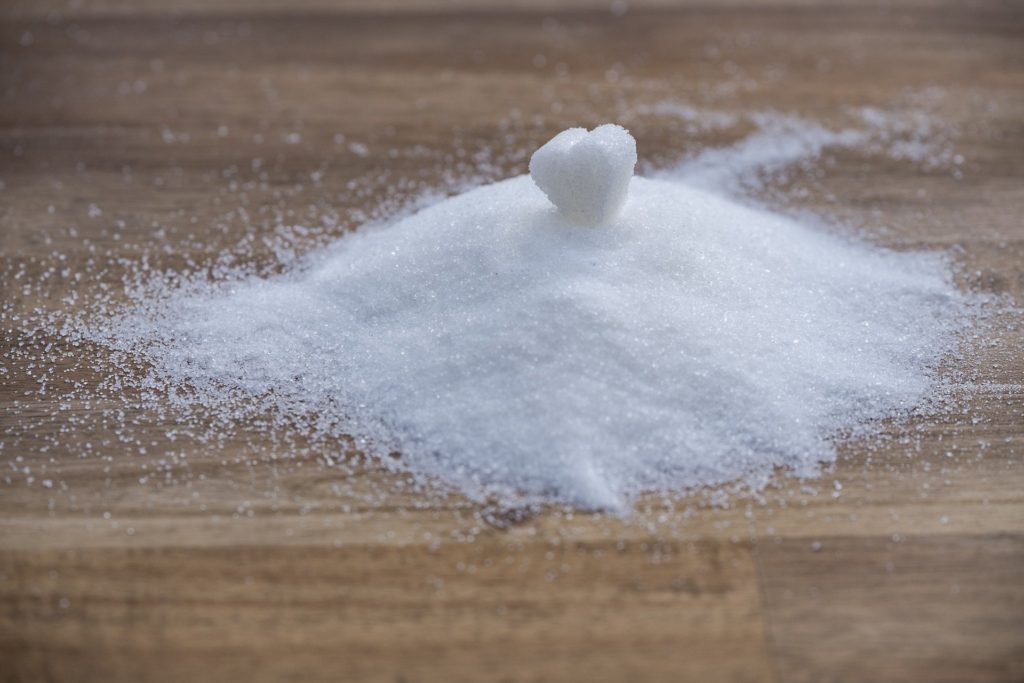What the average person can expect
You might not know how much weight you can lose if you are starting out on the keto diet.
Some people claim that they lost ten pounds in one week, whereas others lose only one pound each week.
We’ll discuss how much weight you can realistically lose on keto over a three month period in this article.
What Is the Keto Diet?
On a keto diet, your body will enter ketosis, a state in which it can burn its own fat for fuel. This makes it simple to shed pounds without being hungry or tired. It’s not unusual for a person to lose a lot of weight on keto.
Instead of relying on glucose as its primary source of energy, the body utilises ketones in the state of ketosis.
In addition to lowering blood sugar levels and cholesterol levels, ketosis can also help reduce blood pressure.
Furthermore, having low insulin levels in the body can help people eat less, which is also known to be connected to weight loss.
Some people may choose to follow the keto diet in order to have better control over blood glucose levels, blood pressure, and appetite, or to improve brain function.
Other people choose to follow a keto diet to improve their health and wellbeing by reducing chronic inflammation, increasing vitality and energy levels, improving digestion, and reducing stress.

How to Lose Weight on Keto
You must eat in a calorie deficit and stay under your net carb limit of 50 grams daily to lose weight on the keto diet.
50 grams or less of net carbs per day will easily keep you in ketosis.
What Are Net Carbs?
The total amount of carbs in a food minus the amount of fiber and added sweeteners is net carbs.
Fiber and artificial sweeteners don’t have any calories, so they don’t increase insulin.
Net carbs, however, do affect insulin, so most people count them instead of total carbs.

How Do You Keep a Caloric Deficit on Keto?
It is easy to maintain a caloric deficit on a ketogenic diet because the food you eat will make you very full. Just make sure to avoid eating frequently and you’ll easily keep a caloric deficit on keto.
However, if you’re still not losing weight, you might want to experiment with intermittent fasting.
This would force you to eat less frequently, lowering your insulin and calories, but still keep you satisfied with your hunger & energy levels.
How Much Weight Can You Lose the First Week on Keto?
Research shows that most people can expect to lose 1 to 2 pounds of fat per week on keto. However, in the first week on keto, you can expect to lose around 10 pounds because your body is getting rid of a lot of water weight.
When you stop eating carbs, the liquid that was stuck with them also drains out.
On my first week on keto, I lost around 10 pounds, but only 1 to 2 pounds of it was fat. The other 8 pounds was just water.
After the first week, I lost around 1 to 2 pounds per week, but all of it was fat.

How Much Weight Can You Lose on Keto In 3 Months?
On keto, on average, you can expect to lose around 20 – 35 pounds your first three months. However, during the first week, you’ll likely lose around 10 pounds, but most of it would be water weight because you stopped eating carbs.
If you want to lose more weight, combine keto with intermittent fasting.
If you want to lose weight faster even after adding intermittent fasting to keto, then simply up the intensity of your intermittent fasting or keto dieting routine.
For example, instead of 18:6 intermittent fasting where you don’t eat for 18 hours of the day, try only eating one meal a day.
How to Break a Keto Weight Loss Plateau
To break a weight loss plateau on keto, you must fast. Intermittent fasting and OMAD are both effective weight loss approaches that can help you break a weight loss plateau. Fasting has the effect of lowering your insulin level & encourages you to consume less throughout the day.
You’ll lose weight quickly on a keto diet, but after the first few pounds, you’ll likely experience a weight loss plateau.
If you eat the same foods, your metabolic rate will eventually decrease, causing you to stop losing weight.
If this happens, you must start fasting on top of a keto diet. As we mentioned before, this would lower your insulin and encourage you to eat less throughout the day. This would break your keto weight loss plateau.
Intermittent Fasting
Intermittent fasting involves eating for a certain period of the day, and then abstaining from eating for the remaining period of the day. The most common type of intermittent fasting is 16:8 fasting where you eat for eight hours a day, and fast for the other 16 hours.
Intermittent fasting makes you eat less overall since you have a smaller timeframe to eat.
Eating less often may help lower your insulin and make you lose weight.
When you follow intermittent fasting & keto, you will lose weight fast.
Once you begin intermittent fasting and keto dieting, you may then do keto and OMAD (one meal a day) fasting to lose weight even faster or if you reach another plateau.
OMAD Fasting
OMAD fasting is a fasting method in which you eat one meal daily. Using this technique, you can decrease insulin and eat less calories without feeling hungry. Furthermore, you can reach a deeper level of ketosis.
OMAD is just a more intense version of intermittent fasting.

Prolonged Dry Fasting
To “finish off the job,” you must do prolonged dry fasting. During prolonged dry fasting, you do not drink or eat water for multiple days.
It might sound pretty serious, but after you’ve done OMAD and keto, you’ll be prepared for the “final boss” of keto weight loss.
Your body can combine the hydrogen in your fat with the oxygen you breathe to create water.
This is why prolonged dry fasting burns much more calories than doing a fast with water.
This is also how camels live in the desert; the humps in their back have fat.
The hydrogen in their fat gets combined with the oxygen they breathe, so they can create water just by breathing.
You can burn up to a pound of fat per day during prolonged dry fasting, plus shed up to a pound of water daily.
Exercise
All the weight I needed to shed was accomplished simply by eating ketogenic and fasting.
However, if you want to lose weight even faster, you can include a weightlifting routine on top of your diet.
Weightlifting can boost your muscle gains and calorie expenditure at the same time.
Studies also show that exercise can reduce hunger signals and make weight loss easier.
Exercise itself doesn’t burn down many calories, so you must eat less to lose weight, not exercise.
However, exercising is sitll a great healthy habit that will make you healthier overall.

Conclusion
On average, you can expect to lose around 20 – 35 pounds your first three months on keto. However, if you want to lose weight quicker, or if you hit a plateau, you can add fasting on top of keto. I recommend progressing from intermittent fasting to OMAD fasting, and then to prolonged dry fasting.
If you stopped losing weight on keto, I recommend reading my article here detailing everyone hits a weight loss plateau on keto & how I beat it.
- How to Make a Layer Cake at Home - June 1, 2023
- Can You Still Lose Weight If You Aren’t in Ketosis? - February 8, 2023
- Can the Keto Diet Help With Depression? - February 8, 2023




